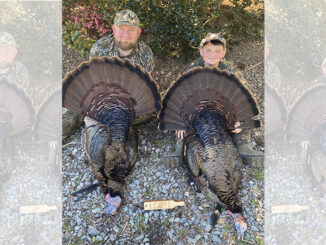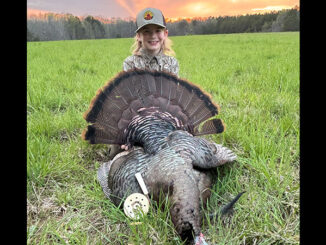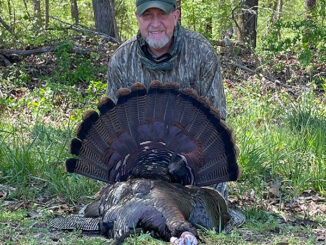
For the second time in less than month, a Nashville angler has reeled a state-record white crappie from the Tar River Reservoir.
Ray Patterson caught the latest record-breaker, weighing 3 pounds, 12 ounces, on April 6, surpassing by a mere ounce the previous record holder, caught by Tracey Smith on March 8.
Patterson used a cane pole and a live minnow – a bait he swears by, claiming a live minnow catches crappie in a way that no jig can. And he should know. Catching big crappie is a favorite pastime for Patterson, who crappie fishes the reservoir at least three times each week, from the first of April to the middle of June.
He said he’s caught many crappie, some of which would have beaten the one that earned him the new state record. In fact, he said he didn’t think the one he caught on April 6 was a record breaker; however, a couple of anglers in a boat beside him told him the fish was the biggest crappie they’d ever seen and suggested he have it weighed.
He took it down to D & J Grocery and Grill on S. Old Carriage Road in Rocky Mount, and had it weighed on certified scales. The next day, North Carolina Wildlife Resources Commission fisheries biologist Bill Collart confirmed the fish as the new state record.
As evidenced by the last two state records, some of the best white crappie populations are found in Piedmont reservoirs, such as the Tar River Reservoir. White crappie prefer structure and often are found near fallen trees, stumps, docks and thick stands of aquatic vegetation. This type of habitat is in abundance in the Tar River Reservoir.
To qualify for the state record, anglers must have caught the fish by rod and reel or cane pole, have the fish weighed on a scale certified by the North Carolina. Department of Agriculture, witnessed by one observer, have the fish identified by a fisheries biologist from the Commission and submit an application with a full, side-view photo of the fish.




Be the first to comment